This post is part of an online discussion on large-scale land interventions that runs through December 14, 2014. Can these initiatives fulfil their promises? Read more here and comment below or send an 800 word response to a.waldorf@cgiar.org.
The new battle cry uniting climate campaigners, environmentalists, agriculturalists and advocates of a landscape approach to planning is for the restoration of former forest land. But what do we mean by “restoration”? Restoration to what? And for whom?
September’s New York Declaration on Forests may one day be seen as a landmark – the moment when governments and corporations got serious about forest protection, by setting meaningful targets that they can held accountable for. With sign-up from dozens of governments, and corporations from Unilever and Nestle to Barclays and Cargill, it certainly has clout.
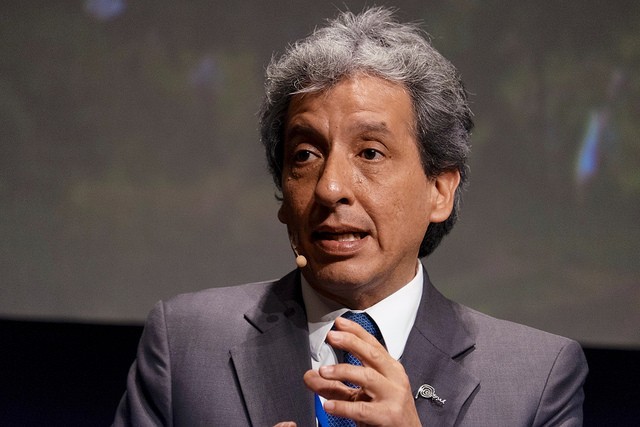 Minister Manuel Pulgar-Vidal, Minister of Environment of Peru, speaking at the Closing Plenary of the Global Landscapes Forum. Photo: Marco Simola/ CIFOR.
Minister Manuel Pulgar-Vidal, Minister of Environment of Peru, speaking at the Closing Plenary of the Global Landscapes Forum. Photo: Marco Simola/ CIFOR.The headline pledges to halve net deforestation by 2020 and end it by 2030 are dramatic. Less noticed, but potentially even more important, is the parallel pledge to restore 350 million hectares of degraded former forest lands -- an area almost twice the size of Indonesia.
That’s a lot of former forest land. But the importance of the pledge lies also in that it raises important questions about what we want to do with the world’s formerly forested rural landscapes.
At the Global Landscapes Forum held during the Lima climate conference this month, Mexico led a group of Latin American countries committed to restoring 20 million hectares of degraded land by 2020. They plan to do this largely with private funds -- $356 million of which were committed at the event by investment funds keen to harvest carbon credits.
Suddenly ecologist Edward Wilson’s prediction that the 21st century will be “the era of restoration in ecology” is looking prescient. But what does such a promise mean? There is, after all, no agreed definition of either land degradation or restoration.
A mixed agenda for land restoration
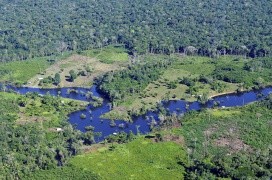 Amazon Rainforest, Amazonas, Brazil.Photo: Neil Palmer
Amazon Rainforest, Amazonas, Brazil.Photo: Neil Palmer
For some – probably including Wilson -- restoration means putting back the closed forests we have lost. But many advocates of the new restoration agenda do not see it in narrow ecological terms.
The World Resources Institute (WRI) – which helped launch the restoration campaign in Bonn in 2011 – is certainly one. As its CEO Andrew Steer told the Landscapes Forum, restoration “could mean reforestation or a return to productive agriculture, or it could become a mixed-use landscape. It is essentially taking land that today has very little economic and ecological value, and turning it into something that is good for people and good for the planet.”
WRI reckons that only a quarter of the of the two billion hectares of former forest land that it sees as suitable for eventual restoration could reasonably go back to closed forests.
That wider restoration agenda must be right. But too often, debate over rural landscapes boils down to forests versus agriculture. In a crowded world, with competing demands for land, we need to get beyond that dichotomy. But being, in Steer’s words, “good for people” is not always the same as being “good for the planet”. Like sustainable development, restoration could end up as a buzz phrase meaning almost anything. And in that case, it is worth asking who has control of the restoration agenda.
For people or for nature?
What, for instance, should we make of Peru’s pledge at the Landscapes Forum to restore 3.2 million hectares of former forests? In July, it fast-tracked procedures for transferring land to investors in large-scale agriculture, mining, logging and infrastructure projects, while “simplifying” environmental permitting. Is that part of the restoration agenda?
If nothing else, the Peruvian pledge sits uneasily with that country’s continued licensing of huge areas of its forests, often in indigenous territories, for hydrocarbon developments. It is true that the two policies of annexing existing forests while “restoring” old ones are not mutually exclusive. They might even be compatible with an end to net deforestation. But the route would probably lie through grabbing and degrading indigenous forest lands while replacing them with “restored” forests in non-indigenous areas.
That raises tricky questions. Some at the Landscapes Forum thought focussing on expensive and difficult land restoration took attention away from the need to maintain forests not yet degraded. Others thought large-scale restoration schemes, especially funded by the private sector, would inevitably end up grabbing resources from the poor.
Some will argue that restoration schemes aimed at maximising the agricultural potential of former forest land will, at least, take the pressure off surviving closed forests. That would be good for nature. But there may be an ecological fallacy in this.
Rights, resources and climate change
Ecologists frequently venerate “pristine” old-growth forests while dismissing out of hand the ecological value of "degraded" forests that have been logged over or invaded by farmers. Yet plenty of research shows that many degraded forests retain most of their former biodiversity. Their subsequent “restoration” through conversion to agriculture may be bad for biodiversity.
The WRI has been a prominent supporter of a billion-dollar Indonesian government plan to save old-growth rainforests by encouraging palm-oil producers to take over ‘degraded’ forest land. But much of Indonesia’s degraded forests could be almost as rich in species as the old-growth forest. Making sure only the degraded forests without biodiversity value are chosen for this kind of economic restoration will be hard.
The biggest source of private funding for restoration is likely to be from REDD+ and other carbon sequestration projects to fight climate change. Restoring degraded forest is one of the cheapest ways to sequester carbon, Stephen Rumsey of Permian Global, an investment house specializing in carbon sequestration that is putting $100 million into the Latin American restoration initiative, told the Landscapes Forum.
Here too there are risks. Keeping carbon in forests clearly has potential synergies with livelihood development, biodiversity maintenance and the wider landscapes agenda. But they are not the same. Rights and resources may be captured at the same time as the carbon.
None of this is to decry the landscapes and restoration approaches. Far from it. But we have to be aware that their very breadth, while a potential strength, leaves them vulnerable to hijack by narrower agendas.



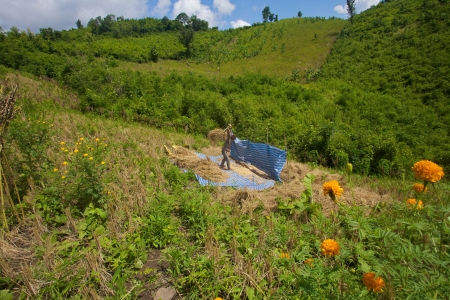




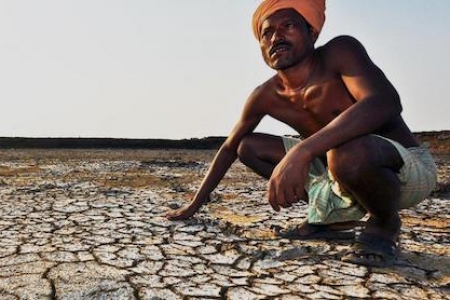

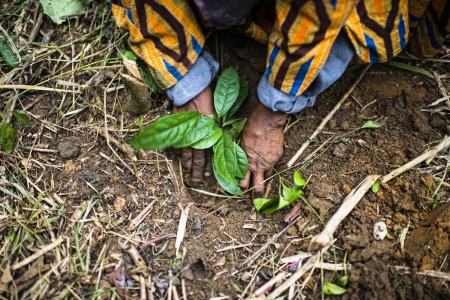


Comments
If marshy lands are drained and filled with earth for building structures what will be its impact on ecosystem?.
Forest has been cleared for settlement,agriculture,industry or infrastructure without any consideration of ecosystem services in the past.In view of increase of population,increasing space of development for various reasons the impact of destruction has become perceptable.So it is essential to identify critical areas of land scape need to restored so that desired services from the ecosystem are available as far as possible.Mother Natures right should be respected to achieve sustainable development. ..
Add new comment